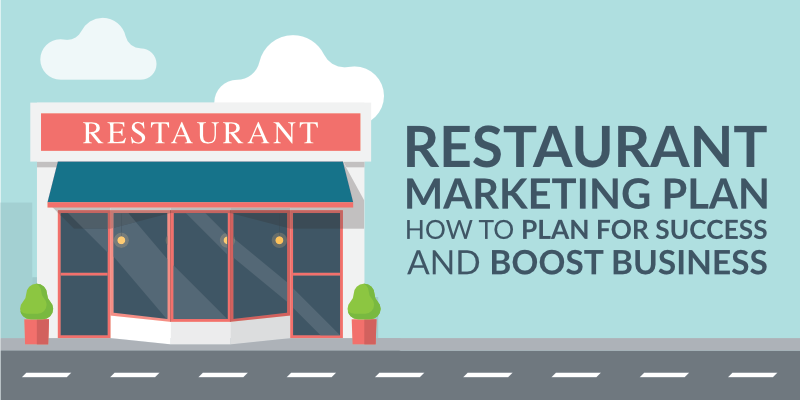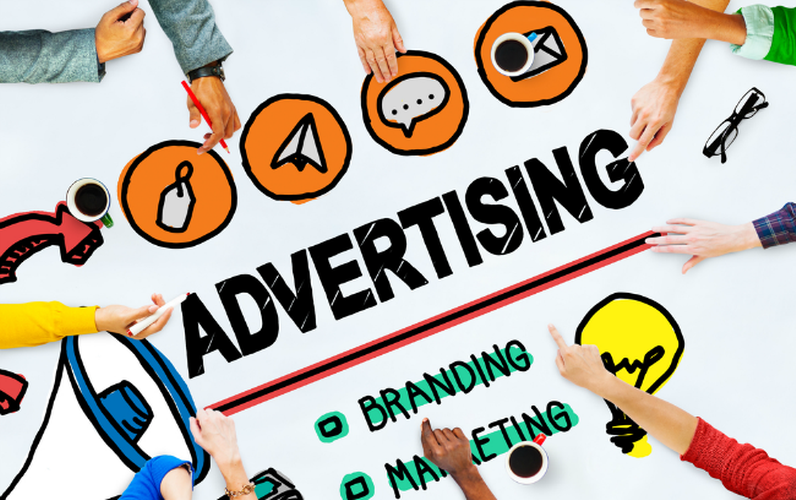It might feel as if staying in a hotel or eating at a restaurant will never be the same again. At least for the immediate future, both activities for consumers will come with certain risk factors. Whether or not consumers will be willing to confront these risks, and to what extent, remains slightly unknown.
This does not mean all hope is lost; people will continue to find ways to enjoy their favorite restaurants and stay in their favorite hotels – it is simply human nature to do so. However, the ways in which people choose their patronage will be vastly different in the age of COVID-19.
With this new shift comes an entirely new way for hospitality groups to look at their marketing strategies and evaluate how their marketers are communicating brand information to the public. It has been said that 2020 will be a landmark year for marketing communications, especially when it comes to brands being able to successfully communicate an immediate, effective message to their target audiences. And, for hospitality groups, nothing is more urgent or immediate to be communicated through marketing than their patrons’ safety.
In times such as these, if you are a marketing manager or C-suite leader in the hospitality industry, you must ask yourself an important question: Are our brands effectively portrayed as “safe” establishments through our marketing? If not, how do we communicate our messages of safety and preparedness to our target audiences?
1. Marketing for Hospitality: The Back of House becomes Front of House
Your Back of House staff will become one of your most important assets in this next era of hospitality.
When it comes to any consumer-facing media, especially owned digital media, such as your brands’ blogs and social media channels, consider shifting your messaging to highlight Back of House operations to keep potential patrons aware of the steps you are taking for their safety.
Your restaurant brands may import some of the highest quality ingredients, and the rooms at your hotel brands may feature bedding with very high thread counts; however, these aspects of hospitality simply aren’t top-of-mind for patrons at the moment. That is not to say they are not important, but we predict patrons of hotels in the near future will care less about the brand of sheets they are sleeping on, and more about who cleaned the room, and how they did so.
Take this time to show your potential patrons your goals and safety objectives align with theirs through creative owned media, such as social media and blogging, and earned media through key publications. In your press releases, or preferred method of delivering brand-messaging to the media, highlight the capabilities of your staff, and keep the language concise, technical and straight to the point. Let no message be too difficult to understand, and be as transparent as possible in explaining your objectives.
For owned media, write a blog profiling the now-immensely important role of your sanitation staff and the ways in which their best practices translate to guests’ safety and comfort. This, too, should be on the shorter, concise end as far as blogs go. You want to avoid are large, “wordy” messages filled with jargon and pre-existing slogans and promotional messaging that may seem tone-deaf.
The most important asset hospitality groups have at this particular point in time are attentive, well-trained sanitation teams; this is the new message that should be delivered to consumers through social media marketing for hotels and restaurants. Though promotional discounts any of your brands are offering, or new updates to your facilities are important, your messaging should directly target the possible anxieties of potential patrons and guests, and how your Back of House teams are working overtime to extinguish these anxieties.
This does not mean you should halt all communications with promotional messaging; these messages should absolutely continue, but not take precedent to timely, more relevant messaging.
2. Transparent, Uniformed Messaging from the Top
Leaders in the hospitality and related industries, who own or operate multiple brands, should not only invest in a strong communications plan aimed at making the efforts of Back of House staff known, but make sure these communications are uniform across all their brands, and repeated at the top.
To ensure your smaller brands are communicating with the same transparency as your larger brands, enlist the services of a fully integrated public relations agency to develop a top-to-bottom communications strategy to effectively distribute your messaging.
For hospitality groups, re-opening establishments across the United States, and especially in Europe, is going to vary depending on location. For example, the re-opening of a larger New York City brand is going to be vastly different than the re-opening and continued operations of a smaller brand in a place like Colorado. So, you may ask, how do we keep a single, uniform message of safety, when many of our brands are in different areas and adhering to different protocols?
The answer can be simple, and involves the most immediate form of communication for a brand or business: social media.
Leverage the influence of your C-suite leaders on your group’s social media channels, by using their Live functions when there are immediate announcements related to COVID-19. However, and as we’ve said before, keep the messaging concise, technical and straight to the point. After all, immediate, safety related messaging cannot always wait for the news cycle, and must be relayed immediately by executive leadership in some cases.
3. Align your Digital Messaging with Consumers’ Priorities
So-called “behind the scenes” operations must be highlighted in outgoing digital marketing communications for hospitality groups. Hotel and restaurant patrons can be a risk-averse bunch, even before the ongoing pandemic. Prior to a staying at a hotel or dining at a restaurant, some sort of preliminary research is conducted, often using search results from Google or a similar search engine.
It’s no secret that what is found about your hotel or restaurant brands through online searches can be highly valuable. Hospitality groups, in the past, strived to rank highly on search engines like Google for keywords and phrases such as, “best hotel near me,” or “best restaurant in New York City.” Future patrons, now with realigned priorities when on the hunt for the right hotel or restaurant, will be dropping the word “best” in some cases, for “cleanest.”
So, if your restaurants offer expansive outdoor seating, which, by many standards, is considered a safer method of dining in this era, really focus your efforts on ranking well with SEO. In conducting target market analysis for restaurants, make sure to target potential patrons searching for the best outdoor dining options in your markets’ surrounding areas.
To relate this back to our point on owned media, write a blog about the steps you are taking internally (i.e., what your Back of House is doing), and use a strategic, targeted SEO strategy to draw people to your blog who are looking for their safest options. When doing this, make sure you are vetting and incorporating SEO terms into your owned media that rank well amongst other related search terms.
4. Have a Well-Developed, Responsive Crisis Communications Plan
We’d be remiss in not mentioning the importance of having a fully developed crisis communications plan in your back pocket. Fluid situations such as these call for preparedness, and, if you are a hospitality group that attracts guests and diners to your brands from across the country, you must be ready with a communications strategy in the event of a patron or guest falling ill.
This message, too, should begin with a uniformed message from the top, followed by (again!) a short, to-the-point message regarding your brands’ commitment to patron safety, as reaffirmed by the efforts of your Back of House staff.
Crisis strategies often encompass all aspects of public relations in some way or another, and should be shared across all your social media accounts related to the brand(s) affected by the situation.
If you haven’t yet developed a crisis communications plan, or your crisis plan needs updated, here are a few pointers for making sure your crisis strategy remains on-point:
– Communicate to your audiences using an omnichannel approach: Create a strategy that consists of scheduled, outgoing communications that are seamless in nature. This means that all external marketing communications, such as unpaid, organic social media posts, paid media, blogs, e-newsletters, etc., are uniform and omnipresent, rather than unique, parallel messages that may compete against each other.
– Make sure the executive and C-suite leaders are well informed on the issue at hand: In keeping with the omnichannel marketing communications approach to handling a COVID-19 related crisis, it is vitally important that your deployed crisis communications plan is aligned from top to bottom.
– Timing is everything: If a health-related crisis does arise in one or more of your hotels or restaurants, carefully monitor the news to ensure your messaging is being communicated in the right places and at the right moments.
Though the coming times ahead will be challenging, we are looking forward to a hospitality renaissance coming soon after the smoke clears, so to speak. These important communications strategies, though time consuming, are true value propositions. With uniform, transparent and timely communications / marketing plans in place, you can go on doing what leaders in the hospitality industry do best: ensure guests and patrons experience your brands in the best light possible.








